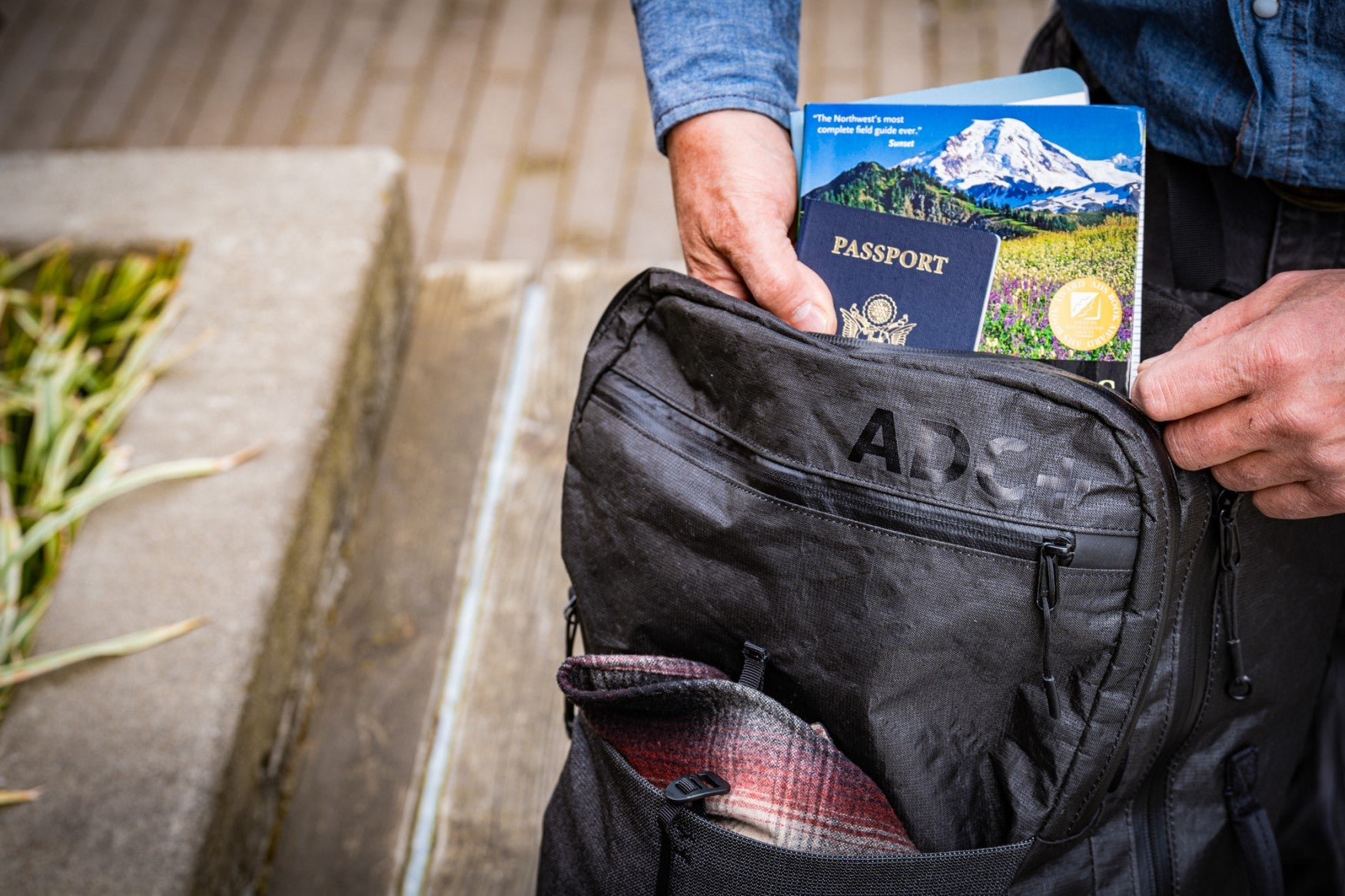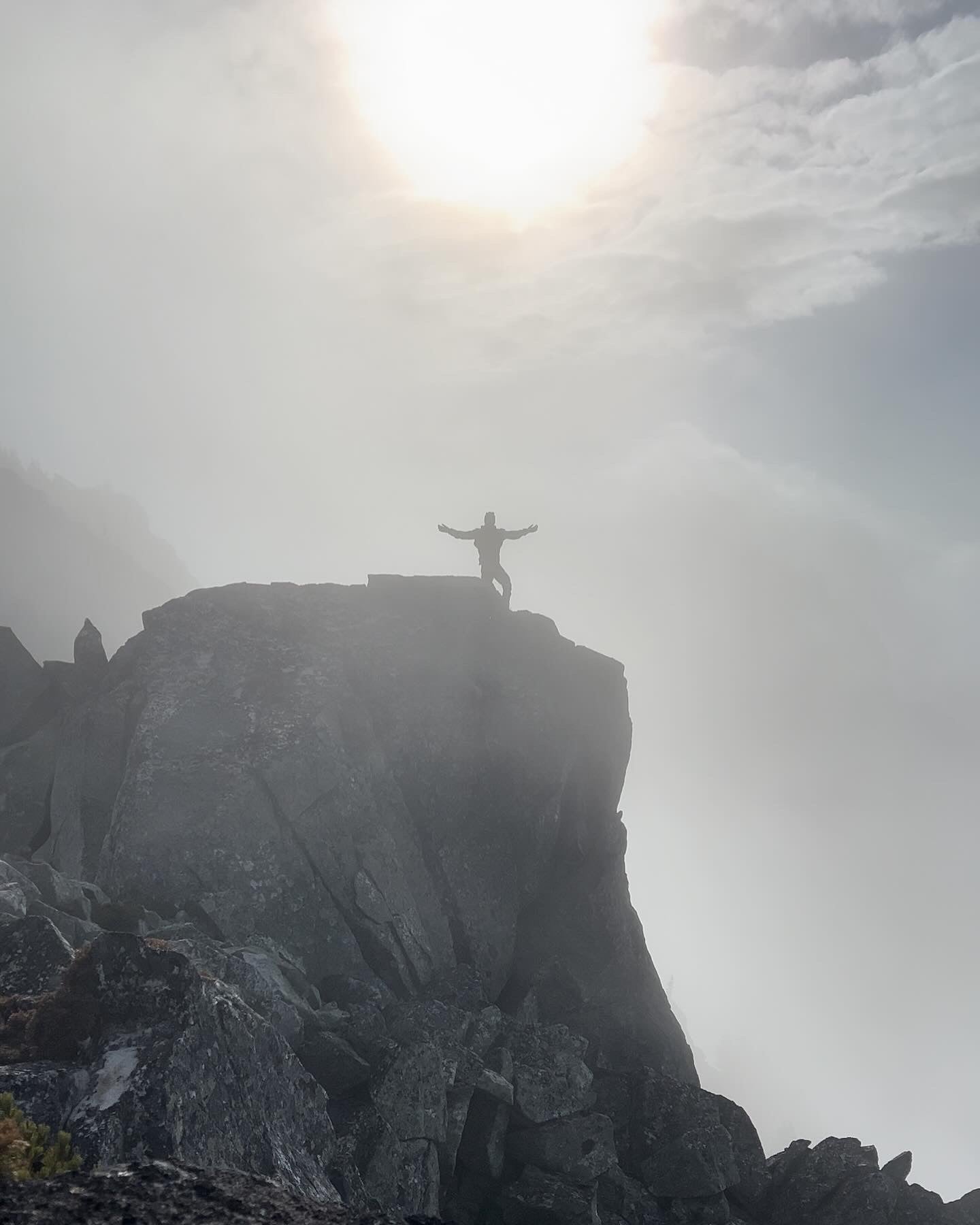At 16, I ventured into Washington's wilderness for my first solo backpacking trip, spanning three days and 30 miles. Initially, the silence and isolation stirred a deep-seated anxiety within me, with thoughts of turning back nipping at my heels. However, my confidence in my outdoor skills and physical capabilities acted as a counterbalance to my fears. This foundation of self-reliance, built on thorough training and an understanding of my limits, gradually alleviated my apprehensions.
As the journey unfolded, the solitude I once dreaded transformed into a source of profound peace and empowerment. I found myself not just coping with being alone but savoring the freedom it provided. This experience taught me the value of facing the unknown with preparation and respect for my abilities, revealing the unexpected joys of solo hiking and the rejuvenating power of solitude. This transformation in my hiking journey is one that I found essential not only to the progress of my development in the backcountry, but to the development of myself as a whole. As I find passion in helping people venture into the outdoors and explore their own passion for nature, I see the constant barrier for those looking to venture solo.
Embarking on a solo backpacking journey can be one of the most liberating experiences, offering unparalleled freedom and an intimate connection with nature. However, it also demands careful preparation, respect for the wilderness, and an understanding of one's limits. If you're looking to dip your toes into the world of solo backpacking, here's a comprehensive guide to start you on this thrilling adventure.

Starting Small: The Foundation of Confidence
The allure of the wilderness can tempt you to immediately tackle challenging trails, but the wisdom of starting small cannot be overstated. Begin with day hikes in areas that are familiar to you. This initial step serves multiple purposes: it helps you become comfortable with your own company, allows you to test and adjust your gear in a controlled environment, and builds your confidence. Familiar trails offer a safety net as you learn to rely on your skills and equipment, making it easier to deal with unexpected situations.

Planning: The Blueprint of Success
The essence of a successful solo backpacking trip lies in thorough planning. Every detail, from understanding the terrain and weather conditions to mapping out your route, requires attention. This planning phase is your opportunity to envision the trip, anticipate challenges, and devise solutions. It involves researching the area, knowing the wildlife you might encounter, and being prepared for any weather changes. The process also includes planning your meals, estimating how much water you'll need, and understanding where you can resupply or find shelter.

Gear Selection: Your Solo Expedition Partners
Choosing the right gear for a solo backpacking trip is akin to selecting companions who will never leave your side. Your gear must be reliable, versatile, and as lightweight as possible. Navigation tools are indispensable; a GPS device provides security, while a traditional compass and map ensure that you can always find your way. Communication devices, such as a satellite messenger, become your lifeline to the outside world in areas devoid of cell service. Moreover, your pack should include a well-thought-out selection of essentials—from a first-aid kit tailored to personal needs to a shelter system that balances weight with comfort and protection against the elements.

Communication: The Safety Net
One of the ironies of solo backpacking is the importance of communication. Before setting out, it's crucial to inform someone you trust about your itinerary, including where you plan to start and finish, the route you intend to take, and when you expect to return. This basic step creates a safety net, ensuring that someone knows your whereabouts and can raise the alarm if you do not return as planned.

Packing: A Balance Between Needs and Luxuries
Packing for a solo trip is an exercise in balancing necessities with the weight you can carry. The goal is to pack light while ensuring you have everything you need for safety, sustenance, and emergency situations. This means carrying extra food and water in case the trip takes longer than expected, layering clothing to adapt to changing weather, and choosing gear that serves multiple purposes to save space and weight.
Mental Preparation: Facing Solitude
Solo backpacking is not just a physical challenge; it's a mental one. The solitude of the trail offers a profound opportunity for self-reflection but can also evoke anxiety and fear. Preparing mentally means acknowledging these feelings, understanding what triggers them, and developing strategies to manage them. Whether it's through meditation, listening to music, or simply stopping to breathe and take in the beauty around you, finding ways to embrace and enjoy the solitude is key to a rewarding experience.

Gradually Increasing Challenges: Growing with Every Step
As you become more comfortable with solo backpacking, gradually increase the distance, difficulty, and remoteness of your hikes. Each trip is a learning experience, providing insights into your abilities, preferences, and limits. This evolutionary process allows you to safely expand your comfort zone, exploring new terrains and facing more significant challenges without compromising your safety or enjoyment.
Prioritizing Safety: The Golden Rule
The golden rule of solo backpacking is to prioritize safety above all else. This means making conservative decisions, staying on marked trails, and being prepared to turn back if conditions become unsafe. The wilderness is unforgiving, and the solitude of backpacking alone means you have only yourself to rely on. Respecting this principle ensures that you can continue to embark on these enriching adventures for years to come.

In Closing: The Journey Is Yours
Solo backpacking is a unique and personal journey that offers an unmatched sense of freedom, achievement, and connection to the natural world. By starting small, preparing meticulously, and embracing the solitude, you'll discover not just the wonders of the wilderness, but also the depths of your own strength and resilience. So, gather your courage, plan your adventure, and step into the wild. The path less traveled is waiting for you, filled with beauty, challenges, and the promise of discovery.











Leave a comment
This site is protected by hCaptcha and the hCaptcha Privacy Policy and Terms of Service apply.